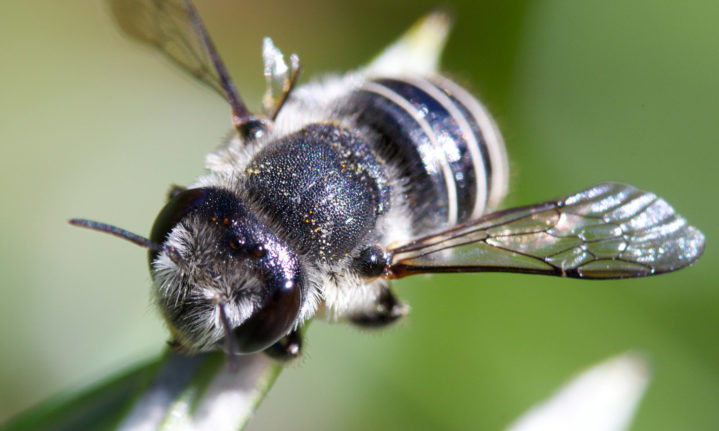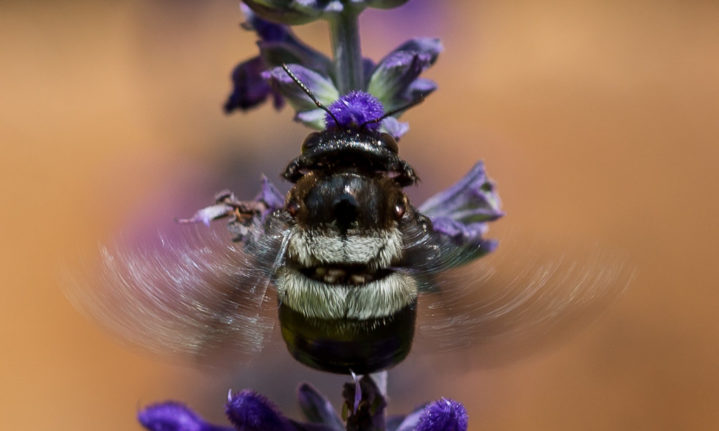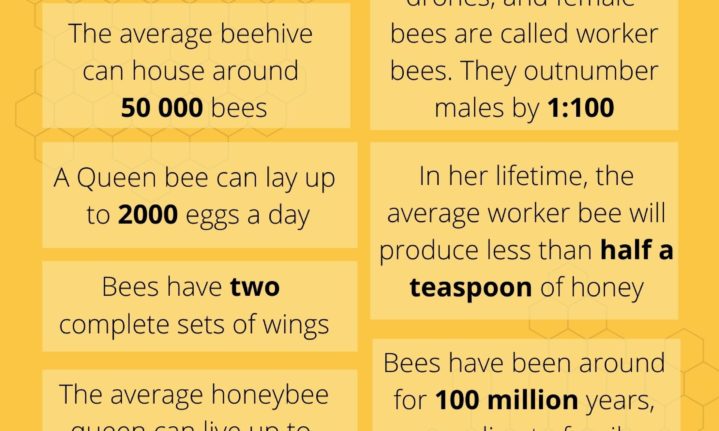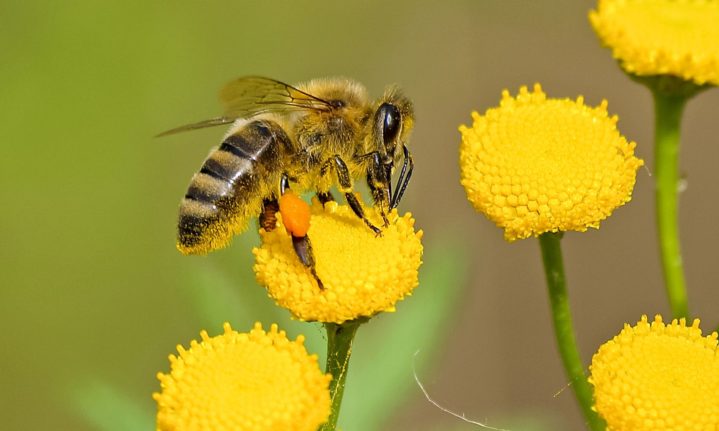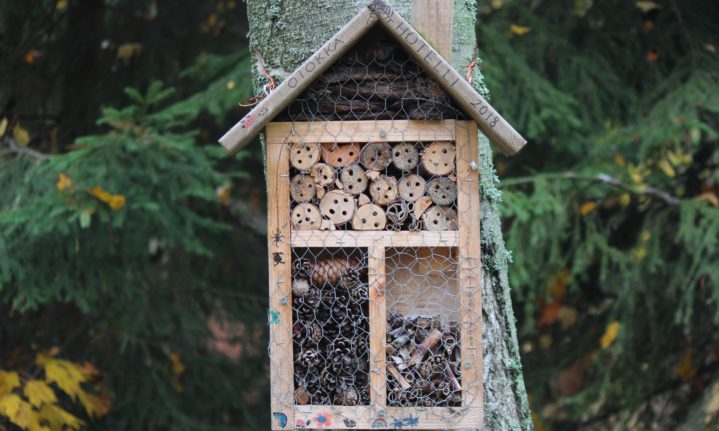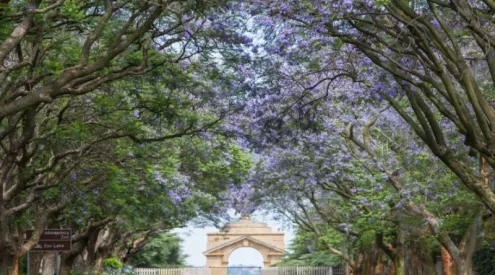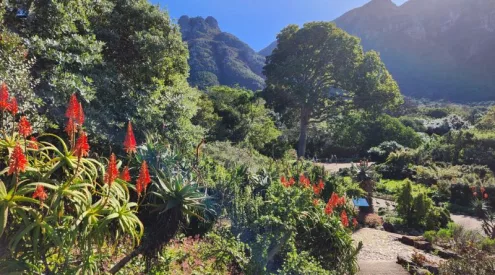Fascinating, fuzzy and in a lot of trouble. There is increasing concern for the world’s bee population and thanks to widespread public awareness campaigns, work is being done to save them.
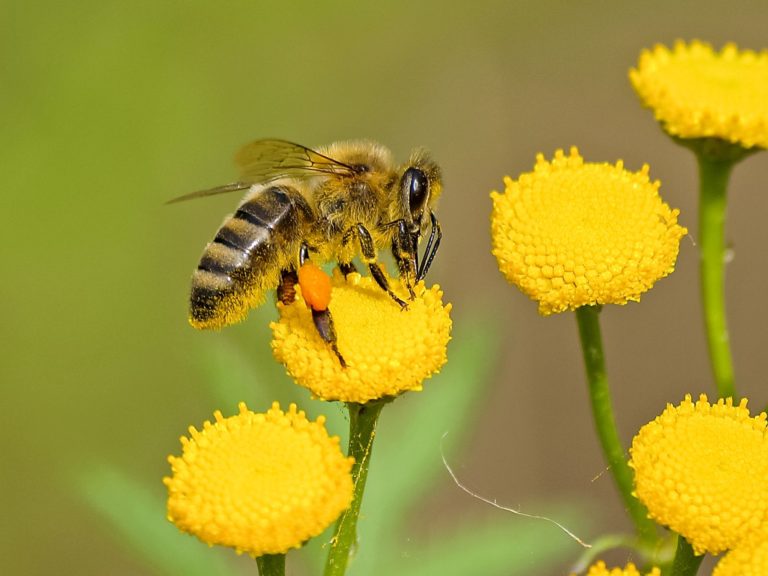
Picture: Pexels
Bees around the world are under threat, with the UN estimating that their rate of extinction is 100 to 1 000 times higher than normal due to human impact, where close to 35% of invertebrate pollinators face extinction globally.
Bees are found all over the world except in Antarctica, but when you think of bees, you likely think of the honeybee. Honeybees are native to Africa, Asia and Europe, but are used as pollinators worldwide.
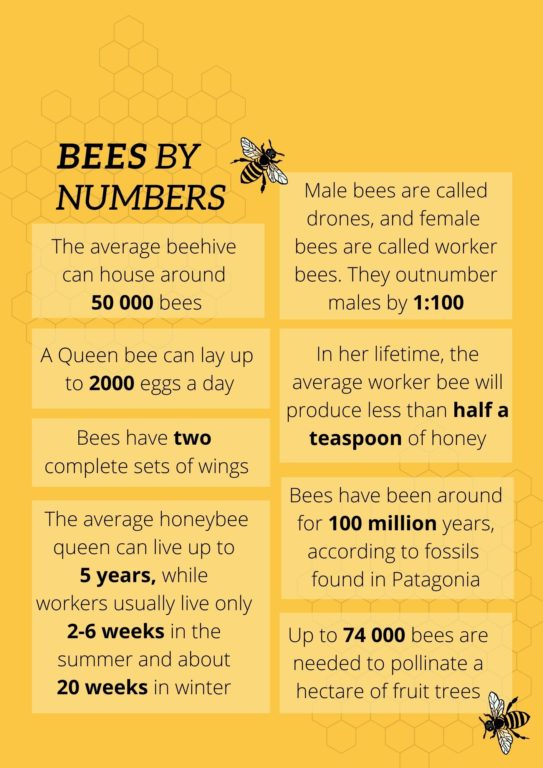
Sources: National Geographic, Canadian Bee Council, United Nations
But the bee family consists of 20 000 – 30 000 species, some of which are specialised pollinators, and all of them are at risk. According to the UN’s Food and Agriculture Organization (FOA), honeybee populations are growing with an 83% increase in managed hives since 1961.
Honeybees are not the only bee species and there is an argument that wild bees are the most important pollinators. For example, a hectare of apples would require tens of thousands of honeybees for pollination, but just a few hundred of the European orchard bee (Osmia cornuta) which is particularly well-adapted to pollinate stone (apricots, peaches) and pome (apples, pears) fruit.
Worldwide, wild bee diversity is decreasing at a worrying rate thanks to pesticides, intensified agriculture and habitat loss. It is estimated that 40% of wild bee pollinators face extinction.
Other important bees
Did you know that South Africa is considered a bee diversity hotspot? Not only is it home to two honeybee species – the Cape honeybee and the African honeybee- but home to a further 945 described species.
According to a study by Dr Annalie Melin at the University of Cape Town’s Centre for Statistics in Ecology, Environment and Conservation, most of South Africa’s bee fauna remains undiscovered.
Almost 70% of the country has been poorly surveyed for bees, and many of these species are endemic to the fynbos and succulent Karoo biomes. Here are some of South Africa’s solitary, lesser-known bees.
Carpenter bee
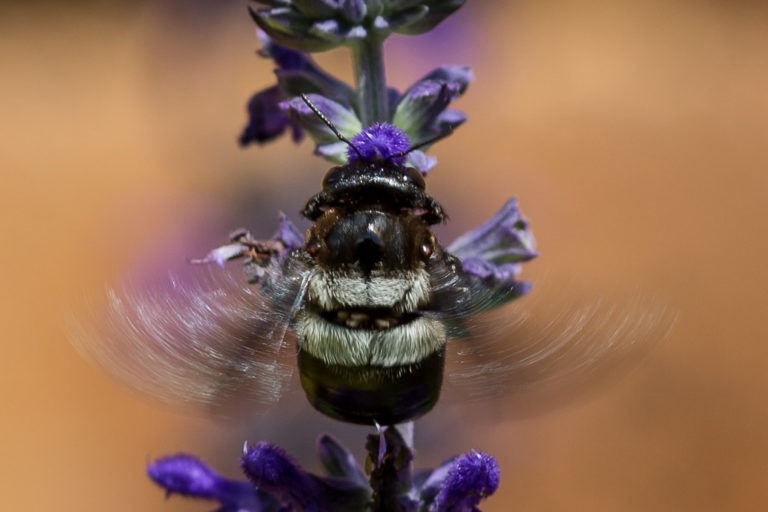
Picture: The carpenter bee is a common sight in urban gardens. they get their name from their nesting behaviour, where they burrow into wood. Flickr Commons/ Pascal Parent
Anthophora Bee
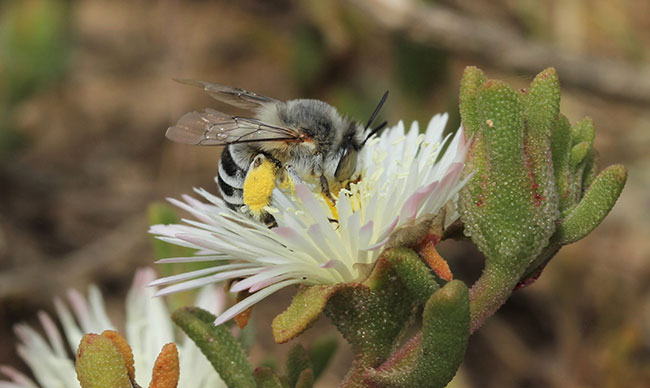
An Anthophora bee is a widespread species in Africa but a crucial pollinator in the renosterveld biome of fynbos. Picture: Wikimedia Commons/ Gideon Pisanty
Carder Bee
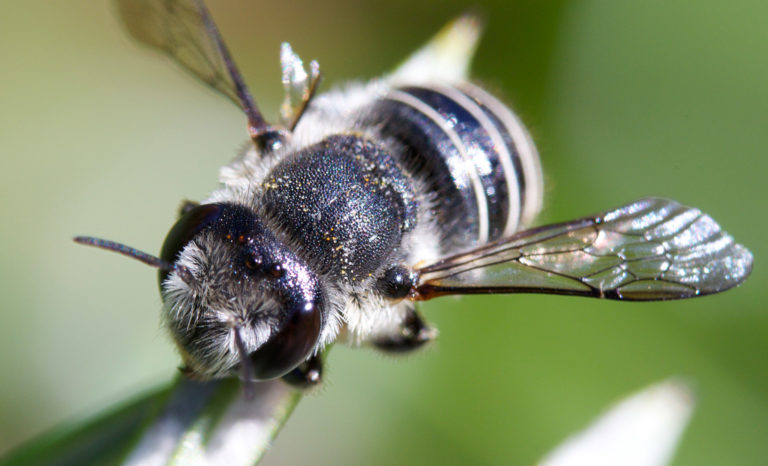
The carder bee gets its name from scraping off the hair of leaves. They are solitary bees that make nests from sand or plant material. Picture: Flickr Commons/ Graham Wise
What happens if we lose pollinators?
In California, where 80% of the world’s almonds come from, 85% of the US’s beehives are trucked to the state over thousands of kilometres to pollinate the fields.
Honeybees have become an integral part of the agricultural industry, where large swathes of shrubs and wildland have been cleared to make way for orchards, removing the services of indigenous pollinators.
Yes, honeybees play this integral part in the food production system and their loss would have a profound impact on the food we eat, but when a crop is pollinated by a range of pollinators it has an increased yield.
To paint a rather dystopian picture: If bees, not just honeybees, but the thousands of other bee species are removed, the conveyer belt of food we rely on would become rather bland.
Items like strawberries, plums, peaches, almonds, broccoli and nuts, essential sources of vitamins and fatty acids, will become rare luxuries reserved for the richest of the rich.
A 2016 study found that the loss of pollinators could cause preventable diseases, such as heart disease, and the world could face 1.4 million deaths a year.
Cases of malnourishment and the rising cases of child blindness and scurvy are on the rise as major sources of vitamins from fruit are eliminated from diets. It’s not all gloom and doom, however, and there are some things you can do to help.
World Bee Day has been celebrated officially since 2018, and the theme for World Bee Day in 2022 is Bee engaged: Celebrating the diversity of bees and beekeeping systems
How to help
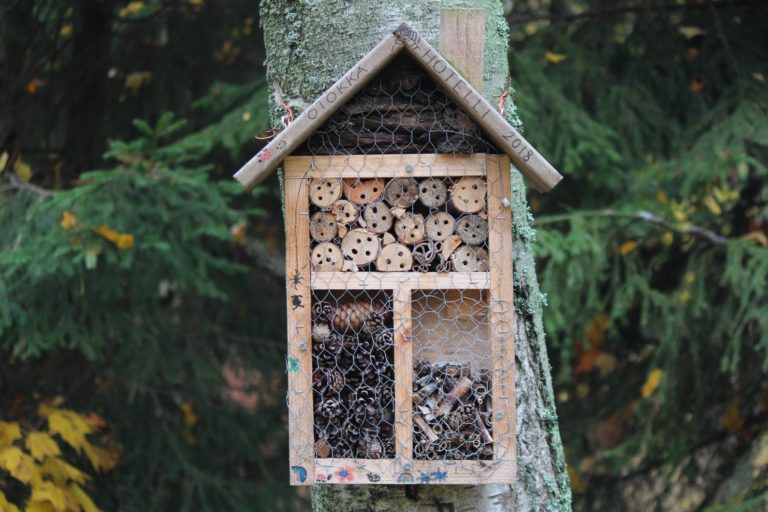
An insect hotel is a great way to ensure solitary bees have a habitat to live in. Picture: Unsplash
- planting a diverse set of native plants, which flower at different times of the year
- buying products from sustainable agricultural practices and supporting legislation for organic agricultural practices
- avoiding pesticides, fungicides or herbicides in our gardens
- protecting wild bee colonies when possible
- making a bee water fountain by leaving a water bowl outside
- helping sustain green belts and patches of indigenous land
- Build an insect hotel with old logs and pieces of wood
- raising awareness around us by sharing this information within our communities and networks
ALSO READ









